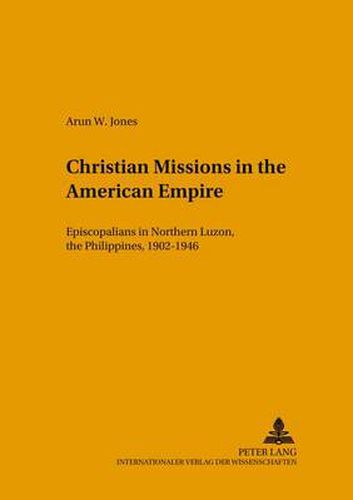Readings Newsletter
Become a Readings Member to make your shopping experience even easier.
Sign in or sign up for free!
You’re not far away from qualifying for FREE standard shipping within Australia
You’ve qualified for FREE standard shipping within Australia
The cart is loading…






At the height of its imperialist phase, the United States of America gained control of the Philippines at the beginning of the 20th century. Following American troops and government employees into the new American territory were Protestant missionaries, who had until then been systematically excluded from Spain’s Asian colony. This book examines the mission and church work of Filipino and American Episcopalians in northern Luzon during the years of American rule. It shows how in the early decades of the mission two contradictory emphases, one on civilizing the Filipino and the other on translating the Christian message into the vernacular, worked themselves out in the lives of missionaries and local people. The work then goes on to look at how both local Christians and missionaries, in their own ways, utilized Christianity to deal with new political, economic and social realities as these emerged in the second two decades of American rule.
$9.00 standard shipping within Australia
FREE standard shipping within Australia for orders over $100.00
Express & International shipping calculated at checkout
At the height of its imperialist phase, the United States of America gained control of the Philippines at the beginning of the 20th century. Following American troops and government employees into the new American territory were Protestant missionaries, who had until then been systematically excluded from Spain’s Asian colony. This book examines the mission and church work of Filipino and American Episcopalians in northern Luzon during the years of American rule. It shows how in the early decades of the mission two contradictory emphases, one on civilizing the Filipino and the other on translating the Christian message into the vernacular, worked themselves out in the lives of missionaries and local people. The work then goes on to look at how both local Christians and missionaries, in their own ways, utilized Christianity to deal with new political, economic and social realities as these emerged in the second two decades of American rule.